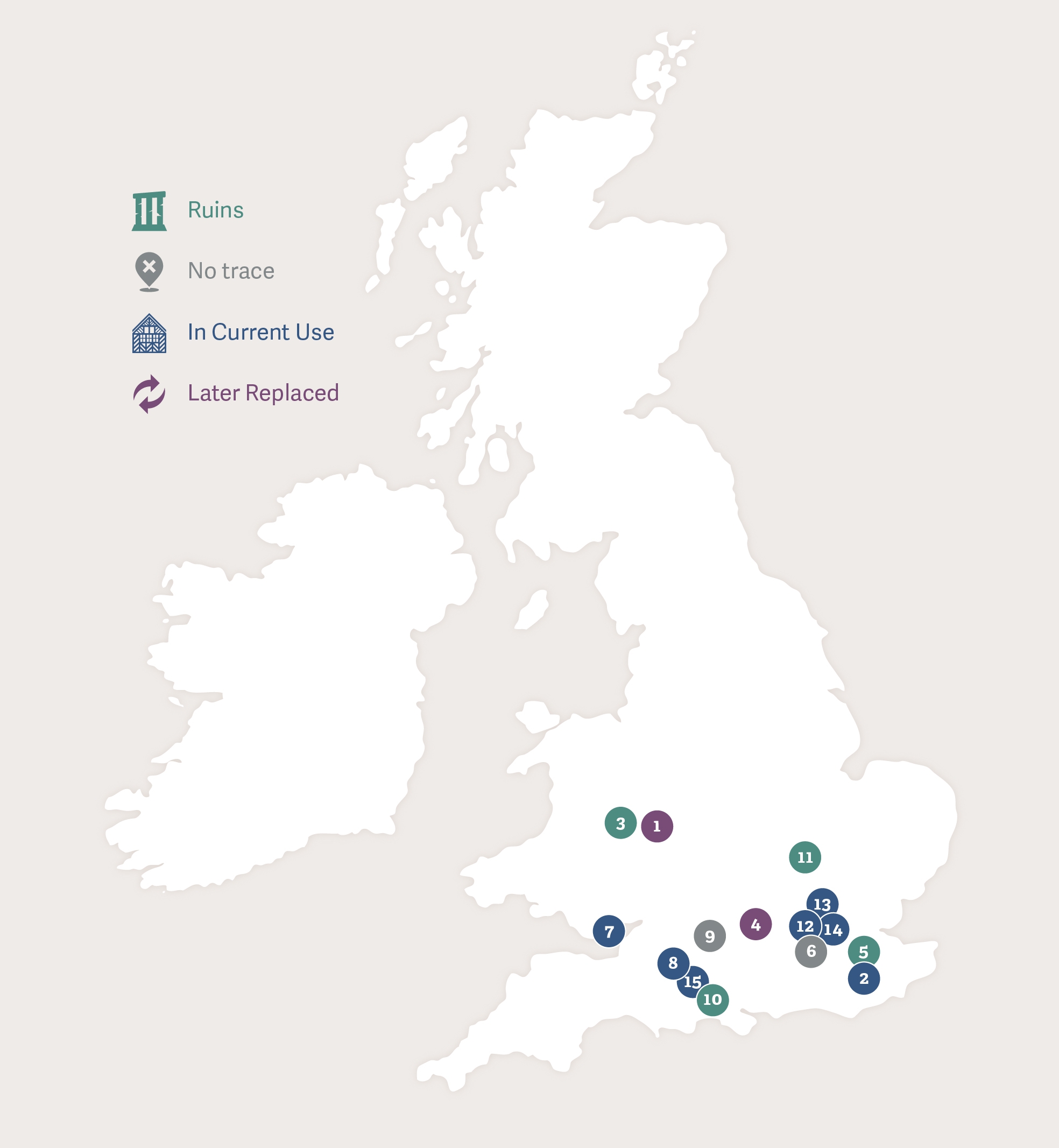Mary Sidney: In Arcadia
Mary’s life was fairly typical of a woman in close proximity to the court. She lived in various locations with her parents, as Sir Henry Sidney fulfilled his roles as Lord Deputy of Ireland, and Lord President of the Council for Wales. As Countess of Pembroke,her main residence was at Wilton House, in Wiltshire. Her own tastes are perhaps most clearly seen in the delightful Houghton House.
The numbers against the places correspond to those on the map here and at the end of this article.
Mary was born in 1561, in the royal palace of Tickenhill, Bewdley (1). The house was one of the official seats of the Council for Wales and the Marches. As her father, Sir Henry Sidney, was Lord President of the Council, his family lived both there, and at Ludlow Castles (3). Tickenhill was built high on the road from Ludlow to the river crossing at Bewdley during the 1460s for the son of Edward IV, later Edward V. Prince Edward was sent there as a child to increase Crown authority in an area of lawlessness, and the same arrangement was made in the late 1490s for Arthur, Prince of Wales, who was betrothed by proxy at Tickenhill to Katharine of Aragon.
In the 1520s, Tickenhill was the home of Mary, daughter of Henry VIII and Katharine of Aragon, during the period when she was de facto Princess of Wales. The house has been extensively changed over the centuries, and now has a beautiful Queen Anne façade. It is still occupied, but in private hands. The other main location for the Council of Wales was the old Yorkist castle at Ludlow, which had new apartments built for the Sidneys, and where Mary spent much of her childhood.
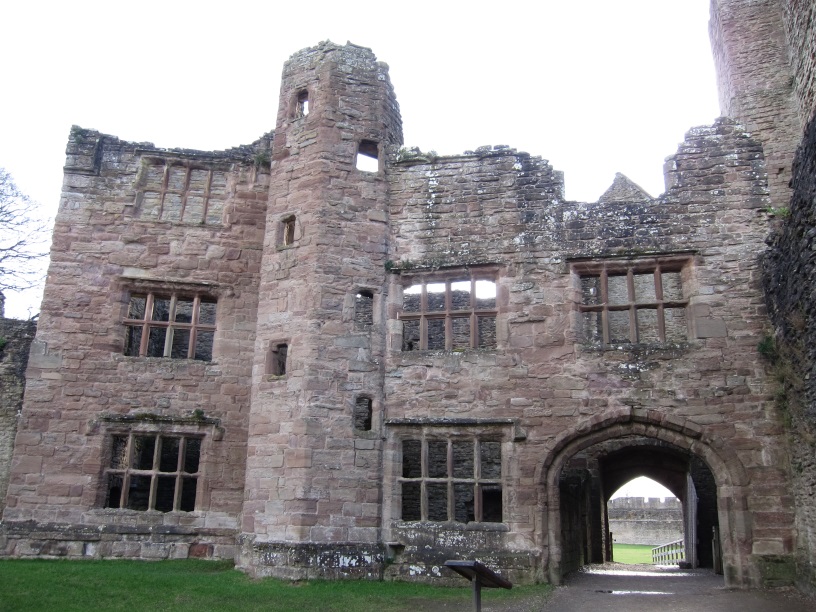
During her childhood, Mary’s father was also appointed as Lord Deputy of Ireland, and the family spent some time in Dublin Castle, where Mary’s sister, Elizabeth, died. When the family were not on duty in the Marches or Ireland, they lived at the Sidney home at Penshurst (2) in Kent. Penshurst was built in the 1340s for Sir John de Poultney, a London merchant who was Lord Mayor of London four times - he also founded the church of St Lawrence Pountney (sic), in London. De Pultney leased the lands from the archbishopric of Canterbury. Subsequently, the lease of Penshurst came into the hands of John, Duke of Bedford, younger brother of Henry V, but Bedford had no children, and on his death, his interest passed to his younger brother, Humphrey, Duke of Gloucester.
Gloucester died childless, which brought his lands back to the Crown. Henry VI granted Penshurst to his second cousin, Humphrey Earl of Stafford, from whom it descended to Edward Stafford, 3rd Duke of Buckingham, who was executed in 1521. All of Buckingham’s lands were forfeit to the Crown, including the lease of Penshurst. The freehold, too, became vested in the Crown, when Cranmer surrendered it to Henry VIII in 1538, along with the episcopal palace at Otford. Penshurst was granted during Edward VI’s reign to Sir Ralph Fane, but he too, proved unlucky, and was beheaded for supporting Edward, Duke of Somerset.
Penshurst was then granted to Sir Henry Sidney. It passed from him to his second son, Sir Robert Sidney, who inherited the title of Earl of Leicester from his maternal uncle, Robert Dudley. The male line of Sidneys failed in the eighteenth century, and there were numerous complex law-suits as to the possession of Penshurst. It is now in the hands of descendants through the female line, who took the name Sidney.
In addition to Penshurst, the Sidneys occasionally resided at Chiswick (4) and at the old palace of Otford (5), built by Archbishop Warham in the early sixteenth century and of which only one tower remains.
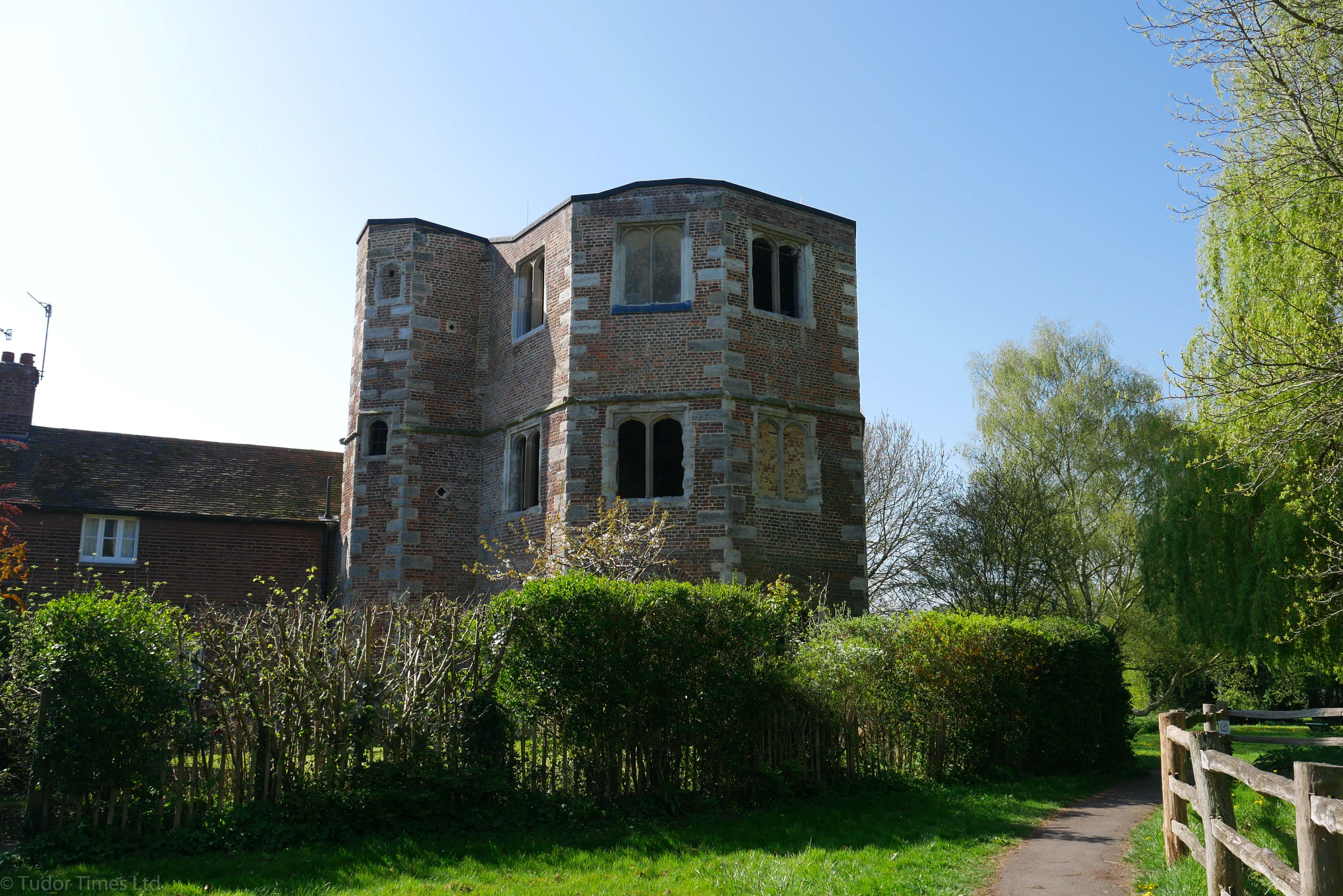
On Mary’s marriage to Henry Herbert, 2nd Earl of Pembroke, she became mistress of one of the greatest houses in England, Wilton House (8) built on the lands of the old Saxon royal abbey of Wilton. The Pembrokes also owned Baynard’s Castle (6), granted to Mary’s father-in-law, William Herbert, 1st Earl of Pembroke, early in the reign of Edward VI. Baynard’s Castle was situated in the region of the modern Blackfriars station. It was here that Mary resided when she was in London, but not attending the court. The house was frequently used by her brother, Robert, who was visited there by Queen Elizabeth in the late autumn of 1600. Mary’s descendants were Parliamentarians, and, after the Restoration, Baynard’s Castle was granted to the Earls of Shrewsbury. The property was destroyed in the Great Fire of London.
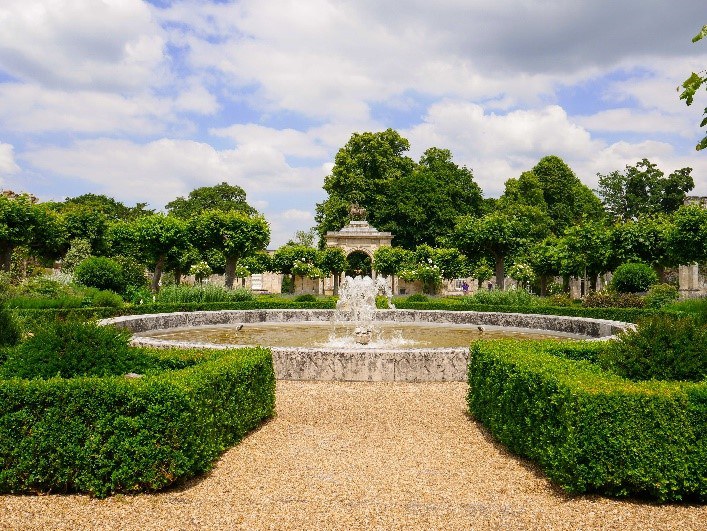
On the death of her husband, Mary held several properties as dower lands. These included Cardiff Castle (7), Ramsbury (9) and Ivychurch (10), the latter two in Wiltshire. Cardiff Castle today has some of the most spectacular interiors of any castle in Britain, but in Mary’s day, it would have been far less ornate. The original building was constructed by the Normans, possibly on the site of a Roman fortification. It was at Cardiff Castle that Henry I imprisoned his brother, and rival for the English Crown, Robert of Normandy, for eight years (after twenty years of imprisonment in Devizes). The castle eventually passed to the powerful de Clare family, and then, via the marriage of Eleanor de Clare, to the Despensers. The castle was burnt during the insurgency of Owain Glyndŵr, before passing once again on marriage to Richard Beauchamp, Earl of Warwick. With the final defeat of the Welsh in the reign of Henry IV, Warwick felt able to extend the living quarters outside the central keep, developing the core of the current building.
Cardiff came into the hands of the crown, through the marriage of Anne Neville, niece of the Beauchamp Earl of Warwick, to Richard, Duke of Gloucester, later Richard III. Following the Battle of Bosworth, the lordship was granted to Jasper Tudor, Duke of Bedford. He was childless, so Cardiff again reverted to the crown, being granted to Mary’s father-in-law, William Herbert, 1st Earl of Pembroke. The property passed via Mary’s descendant, Charlotte Herbert, to the Marquis of Bute in the eighteenth century. The Marquises of Bute were amongst the richest men who have ever lived and the 3rd Marquis turned Cardiff Castle into a neo-gothic fantasy. It was given to the people of Wales in 1947 by the 5th Marquis. Open to the public, it is a stunning place to visit.
Mary’s other dower properties were more modest. Ramsbury Manor, once part of the estate of the bishopric of Salisbury, was granted to Edward Seymour, Earl of Hertford, as part of a land exchange with the bishop in 1545. Seymour was later Duke of Somerset and Lord Protector. On his fall, Ramsbury was granted to William, 1st Earl of Pembroke. William spent over £2,000 modifying the old episcopal palace. The east front had two storeys, and nine gables. After Mary’s death, it returned to the earldom, but was sold in the later seventeenth century. The current house dates largely from the 1670s and 1680s.
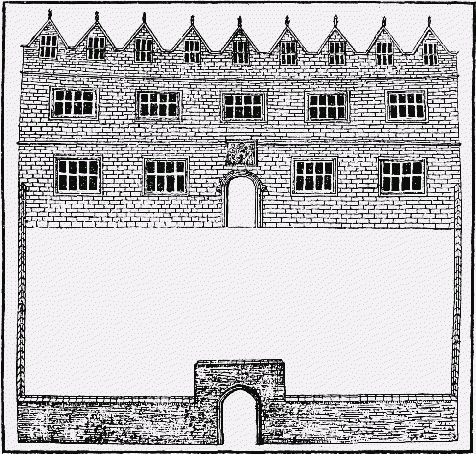
Ivychurch was another ecclesiastical property – a foundation of Augustinian canons, possibly originally endowed by King Stephen. From 1155 the priory received a royal grant of 1 ½ d per day, payable out of the king’s Wiltshire income. This grant fluctuated, according to the frequency with which the monarch used nearby Clarendon palace. By 1535, the annual value of the priory was about £141. It was therefore dissolved under the Act of 1535 suppressing all foundations worth less than £200 per annum. The prior who surrendered it, Richard Page, was on good terms with Lord and Lady Lisle who lived at Clarendon park.
The dissolved priory lands were granted first to Robert Seymour (not, despite the name, an identifiable relative of Queen Jane), and were then sold to Edward Seymour, Duke of Somerset. After Somerset’s execution, Ivychurch was part of Edward VI’s grant to William, 1st Earl of Pembroke. The priory buildings, and the manor house built within them, were finally demolished in 1888. There are some slight remains at Ivychurch Farm.
After Pembroke’s death, Mary’s London home at Baynard’s Castle became the property of her son and his wife. Whilst she still stayed there on occasion, she rented Crosby Place (12) from the Earl of Northampton from 1609 to 1615, although she spent half of that period abroad. Crosby Place was built in the late 1460s by Sir John Crosby, a prominent supporter of the house of York, who took a 99-year lease from the nuns of the convent of St Helen, Bishopsgate. Crosby served as an MP, Sheriff, and was knighted by Edward IV. The new building was on a site that had been occupied since Roman times – a Roman tessellated pavement was discovered there in the late nineteenth century. Crosby’s house was larger than average for a London town house, and constructed of stone and timber.
By 1483, the house was in the hands of Richard, Duke of Gloucester, soon to be Richard III, and later became the residence of his mother, Cicely Neville, Dowager Duchess of York. From the early 1500s the house was occupied by various London dignitaries, then the lease was held for a few months by Sir Thomas More, before he sold it to his friend, Antonio Bonvisi. An extension of the lease was granted to Bonvisi in one of the last business transactions of the convent, prior to its surrender on 25th November 1538. Following various complicated transactions, the property came into the hands of Sir John Spencer, Lord Mayor of London, in 1594, and was carried by his daughter, Elizabeth, to her husband, William Compton, later 1st Earl of Northampton. In 1910, what remained of Crosby Place, after centuries in various uses, was moved, brick-by-brick, to Cheyne Walk in Chelsea. The restored mansion is now in private hands. More on this in an article written by Simon Thurley, formerly Chief Curator of Historic Royal Palaces, here
Why Mary gave up her lease is unknown, but perhaps she decided she wanted to spend her time at the new property she had been granted by King James – Houghton, in Bedfordshire (11). Mary constructed a new house, in the fashionable Jacobean style. By 1621, she had another property in London, in Aldersgate street (13), of which there is now no trace. It was here that she died of smallpox, on 25th September 1621.
Mary’s funeral was held at St Paul’s Cathedral (14), and was ‘according to her quality’, suggesting a grand affair. The body was taken to Wilton at night, in a torchlit procession, and she was buried in Salisbury Cathedral (15), near the high altar, rather than with her husband. The current Salisbury cathedral, begun with the laying of the first stone on 28th April 1220, has the highest spire in England. The pattern of worship that developed at Salisbury (known as the Sarum Rite, from the old name for Salisbury) became one of the most wide-spread in England, the Sarum Rite was the form adapted in Cranmer’s Books of Common Prayer for the Anglican church.
Mary left no will – her dower lands automatically became the property of her son, William, and he also inherited her personal effects as next-of-kin. He granted those to his younger brother. Matthew Lister, described as ‘well-worn in her service', received a pension.
The map below shows the location of the places associated with Mary Sidney discussed in this article.
